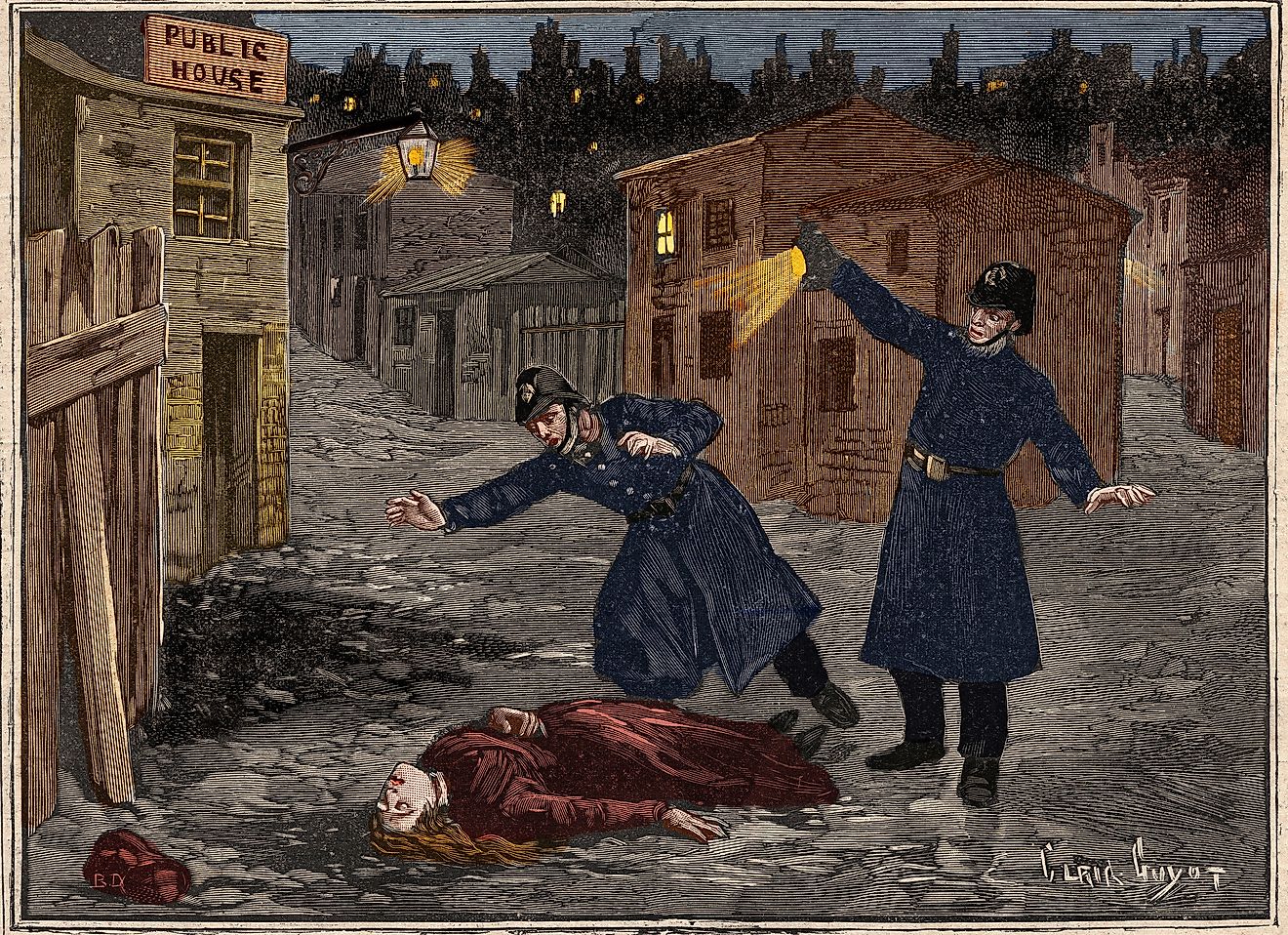The Largest Heat Waves of All Time

A heat wave is described as an extended period of unusually hot conditions which sometimes occurs together with high humidity. Heat waves occur when high atmospheric pressure settles in a region and remains there for a few days to several weeks. The longer the pressure stays in a region, the hotter the place gets, and since it deters clouds from getting into the area, sunlight becomes deadly to living things. During heat waves, people become vulnerable to heat-related ailments including heat rash, heat edema, and hyperthermia.
The Largest Heat Waves of All Time
2003, Europe
In 2003, Europe experienced an intense heat wave when the summer was the hottest ever recorded since at least 1540. The predominant heat was felt in July and August, and it resulted in an estimated death toll of 70,000. France was particularly hit hard by the hot conditions, and it recorded approximately 14,802 deaths. Most of the casualties were elderly, especially those living unaided. France had not dealt with such a problem before as it does not typically record hot summers. Approximately 1,866 to 2,039 victims succumbed to the heat wave in Portugal. Forest-fires spread in Portugal's countryside and burnt 10% of the forests. The Netherlands reported nearly 1,500 deaths related to the heat wave. The village of Arcen had a temperature of 37.8 degrees Celsius on August 7th. Other nations affected include Sweden, the UK, Spain, Germany, and Ireland.
1988, US
A severe drought began in most parts of the US in 1988 to 1989. The drought was felt in 45% of the US at its climax. In late February 1988, schools in South Dakota were forced to close due to a protracted storm. The heat waves which accompanied the drought resulted in the death of 4,800 to 17,000 people. The drought also triggered numerous wildfires including the ones which occurred in Yellowstone National Park. Drought-related damages were estimated at $80 billion to $120 billion in 2008 adjusted for inflation. Minnesota alone reported $1.2 billion in crop losses.
1901, Eastern United States
The heat wave which swept the eastern United States in 1901 proved to be more deadly than the 1930s dust bowl. The heat wave began in the last half of June and into the whole of July, and it was felt more in highly populated regions than subsequent American heat waves. July 1901 is still the hottest month to be recorded in West Virginia and Kentucky. The heat wave was blamed for 7,500 deaths which establish it as the most severe disaster of its kind in US history.
1936, North America
The summer of 1936 in North America was among the most intense heat waves experienced in the region's modern history. The heat wave occurred during the 1930s Dust Bowl and also the Great Depression. The death toll was over 5,000 while many crops were devastated in the US. Canada recorded 780 direct deaths and an additional 400 indirect deaths. Air conditioning had not yet been fully developed, and it was therefore absent in residential and commercial buildings. Wheat and corn prices rose sharply as farmers witnessed crop failure.
Preventative Measures During Heat Waves
Heat waves have some effects on the human body. People are advised to keep hydrated as well as avoid such products as alcoholic beverages as they can cause dehydration. People are further advised to dress lightly, refresh themselves with water, limit exposure to heat, and spend some time in air-conditioned spaces.
The Largest Heat Waves of All Time
| Rank | Year | Location | Casualties |
|---|---|---|---|
| 1 | 2003 | Europe | 70,000 |
| 2 | 1988 | United States | 10,000 |
| 3 | 1901 | Eastern United States | 9,500 |
| 4 | 1936 | North America | 5,000 |
| 5 | 2015 | Pakistan | 2,500 |
| 6 | 2015 | India | 2,200 |
| 7 | 1896 | Eastern North America | 1,500 |
| 8 | 1980 | Central and Eastern United States | 1,000 |
| 9 | 1987 | Greece | 1,000 |
| 10 | 2006 | Europe | 1,000 |
| 11 | 1972 | Northeastern United States | 900 |
| 12 | 1995 | Chicago | 739 |
| 13 | 1999 | Eastern United States | 502 |
| 14 | 2006 | United States and Canada | 220 |
| 15 | 2009 | Adelaide, South Australia | 173 |
| 16 | 2015 | Middle East | 100 |
| 17 | 2007 | Asia | 26 |











